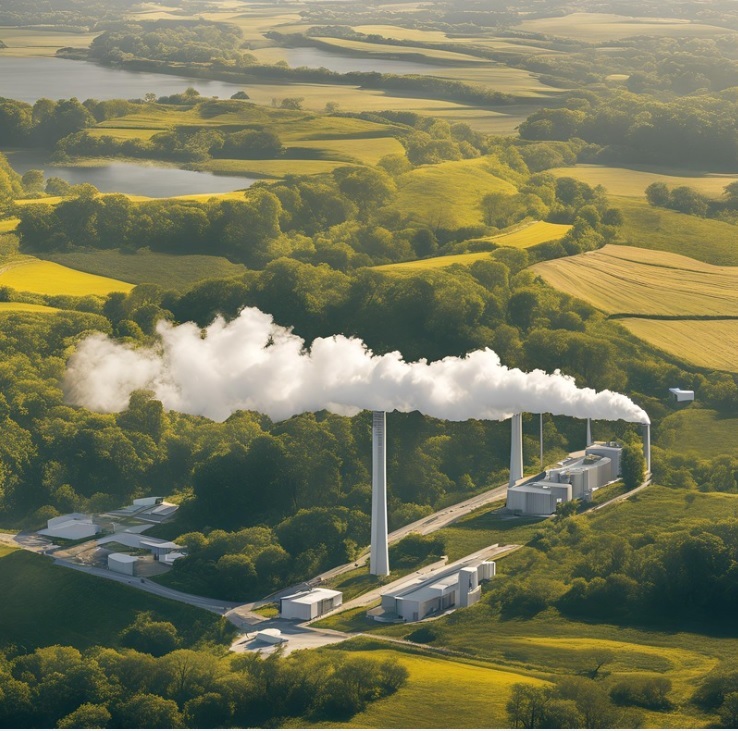Today, companies around the world are not just aware of climate change—they’re taking action to reduce their impact on the planet. Businesses are taking concrete steps, not only to stay competitive but to make a real difference.
From crafting detailed sustainability strategies to actively engaging employees, here’s how modern businesses are addressing their carbon footprints in practical, impactful ways.
1. Crafting Comprehensive Sustainability Strategies
Many businesses are beginning with a clear roadmap to sustainability. Instead of diving in without a plan, they’re setting structured goals that often align with global frameworks like the United Nations’ Sustainable Development Goals (SDGs).
These goals help businesses define what’s most critical for them, whether it’s reducing emissions, cutting waste, or conserving energy. Setting up this framework makes it easier to monitor progress, make adjustments, and ensure everyone, from top executives to entry-level employees, is on the same page.
2. Conducting Climate Risk and Vulnerability Assessments
Climate-related risks can impact every part of a business, from supply chains to daily operations. Recognising this, companies are now evaluating how climate change might affect them down the line. By identifying these risks, businesses can create strategies to tackle or reduce them.
For instance, companies located in areas prone to extreme weather might invest in flood defences or look into backup power sources. This proactive approach not only protects the company but also keeps them resilient in a rapidly changing climate.

3. Verifying Carbon Footprints with International Standards
A critical step for any business is knowing exactly where their emissions come from. By adhering to standards like ISO 14064-1, companies can measure their carbon footprint in a structured, internationally recognised way.
This verification process gives companies a clear view of where they stand. Once they know their main sources of emissions, they can take effective action, whether it’s through investing in greener technology, reducing waste, or sourcing materials more responsibly.
4. Aligning with the EU Taxonomy and CSRD Requirements
Businesses operating within or connected to the European Union are also aligning their efforts with the EU Taxonomy and Corporate Sustainability Reporting Directive (CSRD). This alignment isn’t just about ticking boxes; it’s a way for companies to show their commitment to transparency and accountability.
By doing this, companies are reviewing their environmental impact, recognising what’s essential for sustainable growth, and setting targets that go beyond basic compliance. It’s a way to embed sustainability into the core of the business, so that it’s not just a side project but part of the company’s DNA.
5. Investing in Sustainability Training for Employees
Sustainability isn’t a one-person job. Leading companies understand the importance of bringing everyone along on the journey, from the boardroom to the warehouse floor. Many are rolling out sustainability training programs to ensure their employees have the skills to support these goals effectively.
These programs cover everything from sustainable practices in day-to-day tasks to understanding the larger environmental impact of the company’s operations. By empowering employees with this knowledge, companies are creating a culture that values sustainability at every level.
6. Engaging Stakeholders through Workshops and Collaboration
True sustainability requires input and collaboration. Companies are engaging their key stakeholders—suppliers, partners, and even customers—through workshops and open discussions about sustainability goals and challenges.
These workshops allow everyone involved to share their insights, generate new ideas, and work together toward common goals. When everyone has a seat at the table, the journey towards sustainability becomes not just easier but richer, filled with diverse ideas that might not have surfaced otherwise.
Leading the Way: How Businesses Can Inspire a Sustainable Future
In conclusion, modern businesses are showing that reducing their carbon footprint isn’t just a lofty ideal but an achievable, measurable goal. Through thoughtful planning, regular assessments, and active involvement from employees and stakeholders alike, companies are making a positive impact on the environment while securing their place in a sustainable future.
By sharing insights and staying committed, businesses can inspire each other—and their communities—to join the movement toward a greener world.




